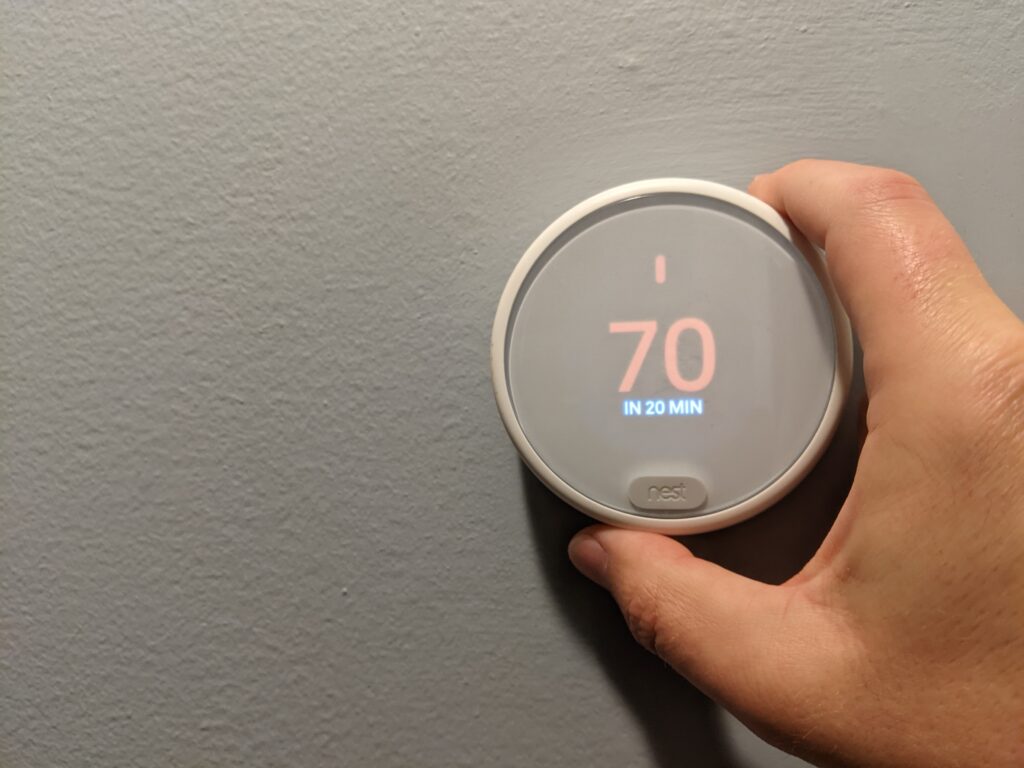Most homeowners only think of a home inspection when they’re purchasing a house. It’s an integral part of the due diligence process for the buyer.
However, sellers should consider getting an inspection before even putting their house on the market. It’s an option I recommend to all my seller-clients. Why? Because a pre-listing inspection is a pathway to a more effortless closing.
No Inspection Surprises in Due Diligence
The due diligence period is a negotiable time frame in which the buyer has the opportunity to inspect the home. First on their list is the general home inspection.
Knowledge is the initial step to an easier closing. If you, the seller, have already conducted a home inspection of your own, there won’t be any surprises. Your listing agent should have a stable of professionals who can either make necessary repairs ahead of time, or tell you how much they would cost.
Fix Issues Before Listing
If understanding potential problems is the first step, fixing them is an obvious second one. As a seller in North Carolina, this is optional. We are an “as-is” state, meaning sellers are under no obligation to conduct any repairs, no matter what they are. However, consider if the issue came up for a home you were buying. Would you be comfortable with the problem?
Since the goal is to make this as effortless as possible for everyone, a little money or elbow grease spent now can be worth the headache down the road.
Have a List of Repairs Available
The third step in our pre-listing checklist is in communication. Agents can upload any number of documents when listing a home for sale. Use that to broadcast everything you’ve already done for the home!
Make a list of all the repairs you’ve completed from your pre-listing inspection. When potential buyers see that list, they’re more confident the home has been well-maintained. It’s possible that multiple buyers would be clamoring for your home!
I’ve walked through countless showings that boast “well-maintained” in the description, only to find water stains, drywall cracks, and standing water in the crawl space. Note, that’s NOT one of the things you want to store down there. It’s obvious that’s just a marketing phrase to get people in the door. This list of repairs is simple proof that you’re walking the walk.
Gain Trust with Buyers
The last positive effect your pre-listing inspection has is gaining trust with buyers. If we want this to be a painless path to closing, a little trust (and proof, like that repair list) goes a long way.
More trust means buyers are less likely to ask for small repairs – maybe even skip a repair request altogether. Regardless of the outcome, a real estate transaction is rife with distrust. Showing some up front can make things much easier in the long run.
How it Fits Together
Here’s a quick example to put all this together. Let’s say the buyer’s inspection finds evidence of a past plumbing leak. You, as the seller, already knew about this leak, so you’re not surprised by the finding. If you also had it fixed, you now have all the evidence that their finding is no longer a problem. You could even send the buyers the plumber’s invoice for the repair work. Now they know who to call if it comes back (hint: not you).







Leave a Reply